Burt V. Brooks Photograph Collection
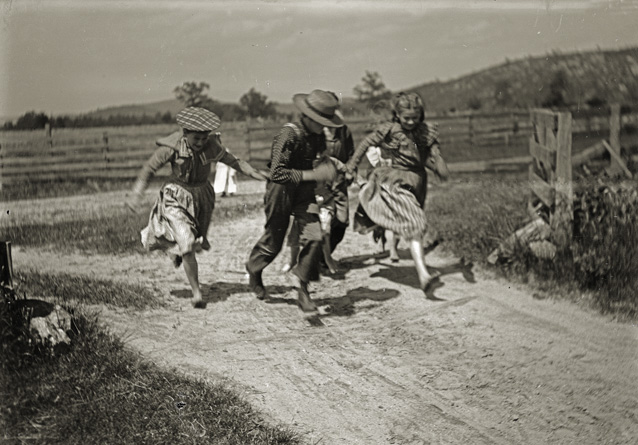
The artist Burt Vernon Brooks was one of the outstanding chroniclers of daily life in the Swift River Valley before it was inundated to create the Quabbin Reservoir. Born in Brimfield, Mass., in 1849 and raised in Monson, Brooks moved to Greenwich with his family in the 1870s, where he worked on the family farm. At some unclear point before he turned 40, Brooks became active as an artist, painting local homes and scenery and taking photographs of the landscape, residents, and daily life in the Quabbin region. A prolific photographer, he was, in the words of historian Donald W. Howe, “hardly ever seen without his camera strapped to his back,” remaining active for decades. Three years after following his second wife to the west, Brooks died in Los Angeles in 1934.
The great majority of the 92 photographs in this collection are 5×7″ dry plate glass negatives taken by Brooks in the earliest years of the twentieth century, documenting the houses and people of Greenwich. Brooks’ work includes landscapes, houses, and a significant series of images of the Hillside School, but some of his best works are studio portraits, images of people at home or with their carriages, and posed scenes of children at play or at work. The collection also includes eight images by Brooks at Enfield, Greenwich, and Dana that are the property of the Swift River Valley Historical Society, and six images taken by Chetwynd and Pike in the Quabbin region to document properties slated for removal.

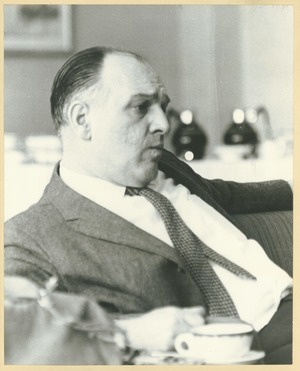
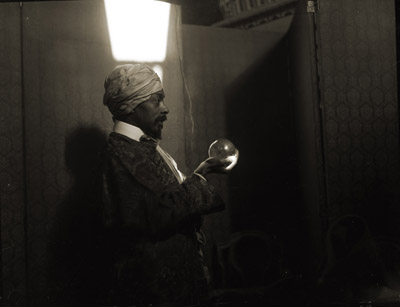
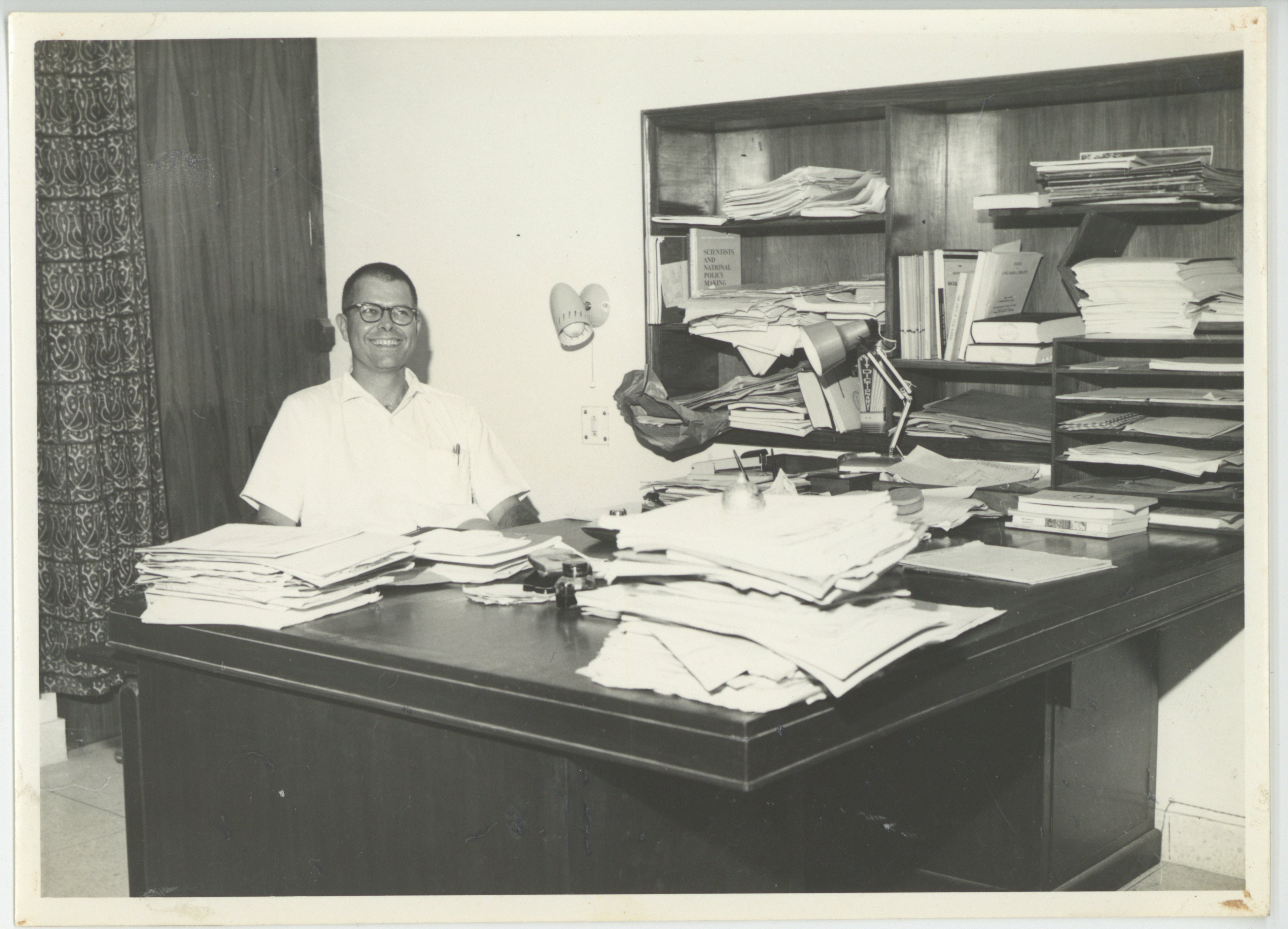
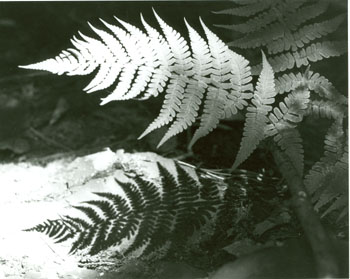
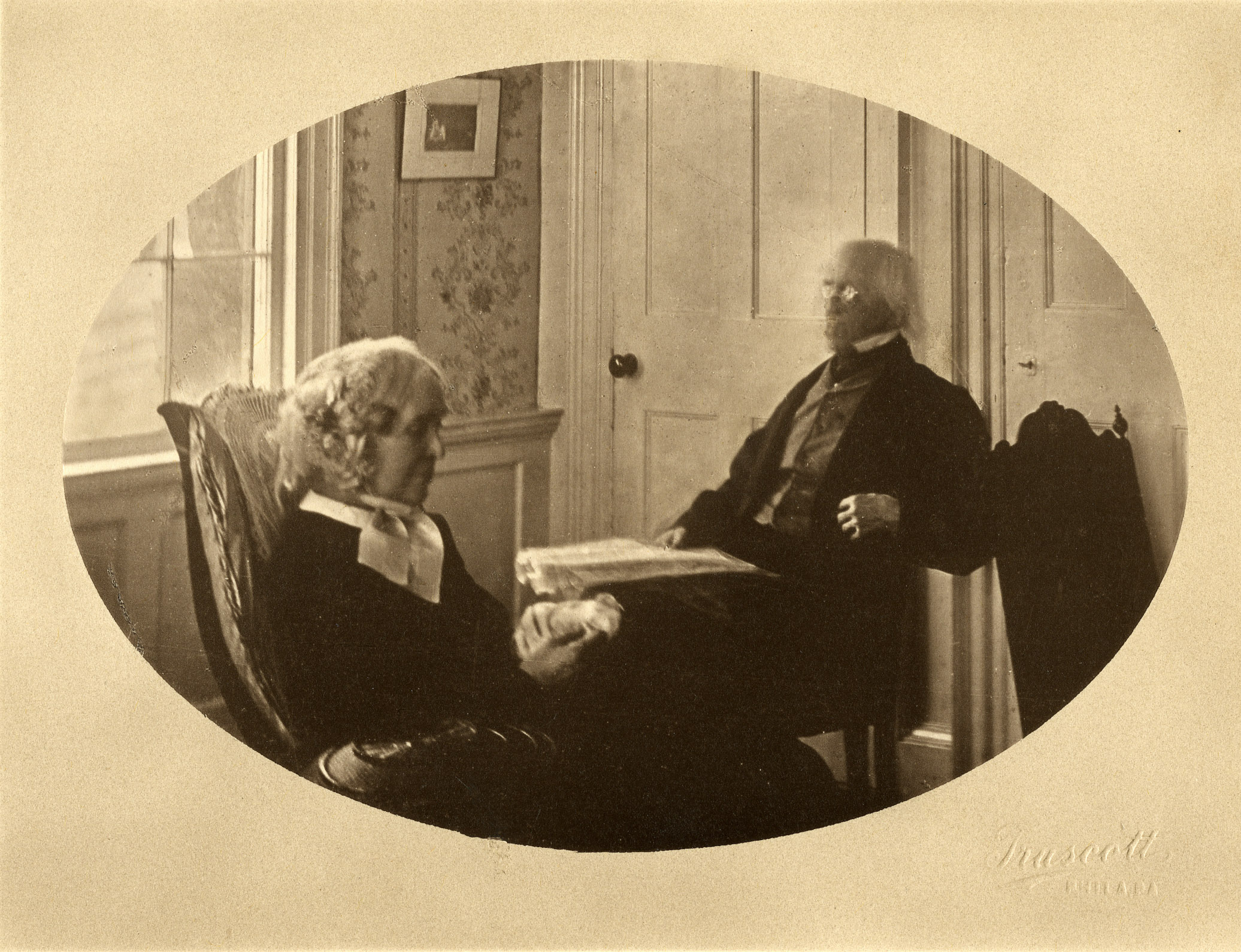
 A number of student publications have been digitized and are indexed in
A number of student publications have been digitized and are indexed in